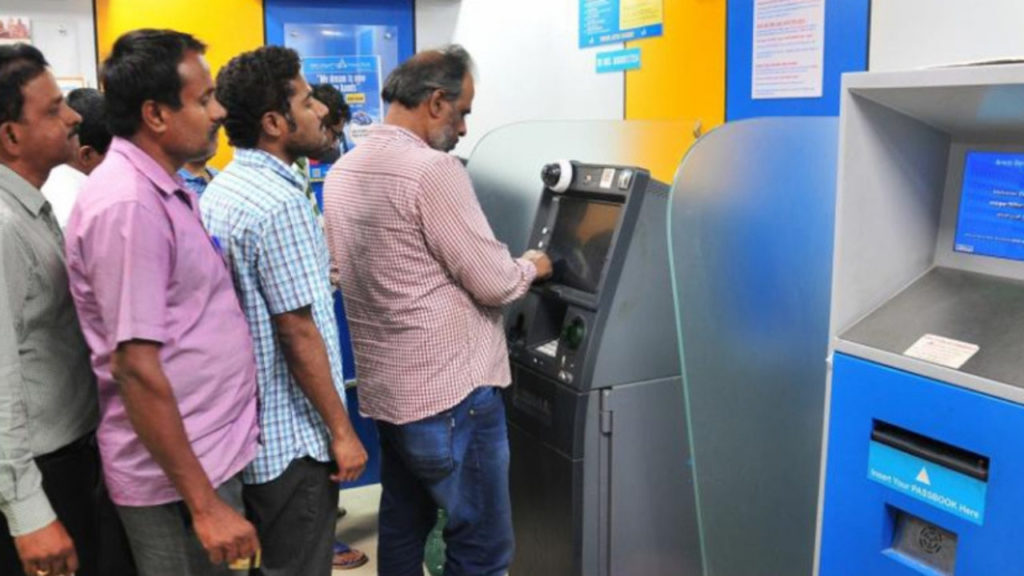#Coronavirus Panic: Cash Withdrawal Increased By 4-Times In March As Indians Hoarded Cash

#Coronavirus Panic: Cash Withdrawal Increased By 4-Times In March As Indians Hoarded Cash
As India went into a 21-day lockdown from March 26, panic ensued all over the country.
The people withdrew almost 4-times more cash from bank branches and ATMs than they did on an average every month in FY20.
Read to find out more…
What do the Statistics Show?
As per the reports, the currency with public jumped by Rs 86,000 crore to an all-time high of Rs 23,41,851 crore in March 2020.
Following the restrictrictions by the individual states it increased by Rs 52,541 crore in the fortnight-ended March 13 and it rose by Rs 33,539 crore more over the next fortnight till March 27.
According to the data from the Reserve Bank of India (RBI) the average monthly increase in currency with the public stood at Rs 23,895 crore. During 2019-20, the currency with the public increased 14% or Rs Rs 2,86,741 crore to Rs 23,41,851 crore.
As per the RBI, currency with the public is calculated by deducting cash with banks from the total currency in circulation. Currency in circulation refers to cash physically used for transactions between customers and businesses. Basically currency with the public is the quantum of cash individuals hold.
Following the withdrawal of the currency notes of denomination of Rs 500 and Rs 100 during demonetisation in November 2016, the cash in circulation had fallen to around Rs 9 lakh crore in January 2017. Since then, cash in the system rose steadily.
Why did the Currency with the Public Increase?
According to the economists working in the space, the only credible reason for this jump could be that people started accumulating cash ahead of the lockdown as the Central government and the States imposed travel restrictions, closed cinema halls and shopping malls, and vigorously pushed social distancing norms.
DK Pant, Chief Economist, India Ratings said, “In such a scenario, there is a tendency to keep cash, even if one does not keep it normally. This is also because in such a scenario, as organised retail has suffered, the neighbourhood grocery store is the most reliable.”
As per the banking experts, this indicated that more of cash than other digital modes was being used for transactions. This explains higher cash withdrawals to support the same level of currency demand.
They also said that this could be a “bullwhip effect” that could have led to a surge in demand for currency. Such an effect on the supply chain occurs when changes in consumer demand as in this case, an increasing one causes the companies to order more goods to meet the new increasing demand.
RBI Promoting the Citizens to do Digital Transactions!
The RBI has been urging the customers to resort to digital payments in the last two weeks. Governor of RBI, Shaktikanta Das took to twitter and TV channels to push the “Pay Digital, Stay Safe” campaign.
Meanwhile, banks have reported that branches and ATMs are working normally. A CEO of a nationalized bank said, “All the customers will get the minimum services which are required. This means they will be able to operate their accounts, deposit cash, receive cash, make transfers.”

Comments are closed, but trackbacks and pingbacks are open.